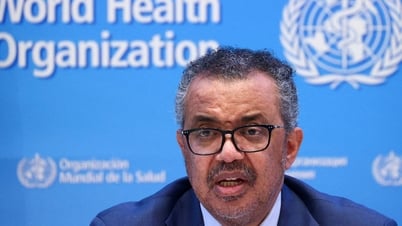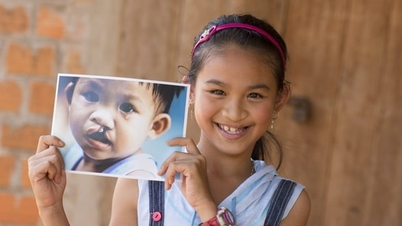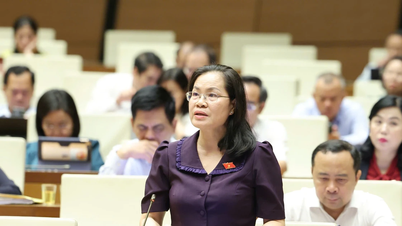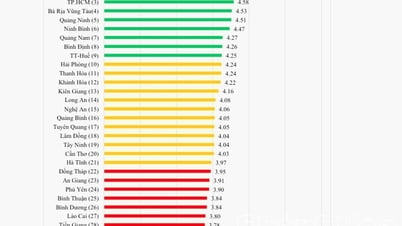
According to a WHO report, about 16% of children between the ages of 11 and 15 have been bullied online at least once - Illustration: GETTY IMAGES
The World Health Organization (WHO) on March 27 released a report reflecting the situation of children being bullied online, in the context of the Internet becoming more developed and accessible.
Researchers working with the WHO European office surveyed more than 279,000 children aged 11, 13 and 15 in 44 countries and regions in Europe, Central Asia and Canada.
The results showed that in 2022, about 16% of children aged 11-15 had been cyberbullied at least once, higher than the 13% rate recorded 4 years earlier.
The highest rates of cyberbullying occurred among boys in Bulgaria, Lithuania, Moldova and Poland, while Spain was the country with the lowest rates.
In most countries and regions surveyed, cyberbullying peaks at age 11 for boys and 13 for girls.
WHO Europe Director Hans Kluge stressed that the report is a wake-up call for tackling bullying and violence wherever and whenever possible.
“With children spending up to six hours a day online, even small changes in rates of bullying and violence could have serious consequences for the health and well-being of thousands of children,” said Mr Kluge.
WHO noted that forms of peer-to-peer violence online have become particularly concerning since the COVID-19 pandemic began, with young people increasingly immersed in virtual worlds as lockdowns were imposed.
Need to tighten social network management
The report also said one in eight teens surveyed admitted to cyberbullying others, up 3% from 2018.
Meanwhile, the number of teenagers involved in fighting remains at 10-14% for boys and 6% for girls.
The WHO report found that parents' socioeconomic status did not significantly influence children's behavior. However, Canada was an exception, where economically disadvantaged youth were more likely to be bullied.
The report concludes that more investment is needed in monitoring forms of peer violence among children, as well as prioritizing education for children, families and schools about forms of online bullying and their consequences, and tightening regulation of social media platforms to limit exposure to online bullying.
Source






































































































Comment (0)